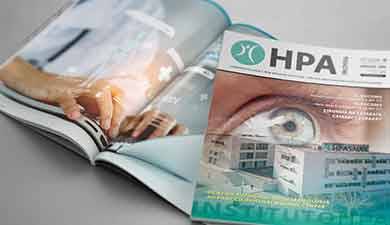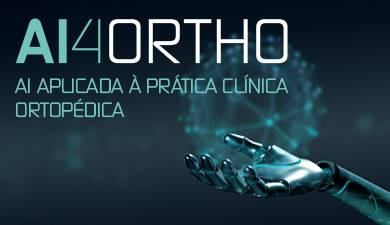Dr. Hugo Nascimento
Dentist

Much more then fillings...
HPA Magazine 20
Dentistry has evolved exponentially in recent years, increasingly predictable, long-lasting and minimally invasive treatments have become commonplace.
As a result of this evolution, we are witnessing an increasingly accentuated focus on the search for cosmetic treatment, with a view to correcting and improving less positive aspects of our smiles and consequently contributing to one’s self-esteem.
In fact, there are several cosmetic treatments, each with individual specificity.

Today I will discuss adhesive dentistry, that is, the well-known “restorations” in composite resin (commonly called “white filling”).
This technique is relatively new in Dentistry and its evolution is directly related to dental adhesive evolution.
Before the development of adhesive dentistry, dentists used materials such as amalgam and glass ionomer cement to repair damaged teeth.
Although effective, these materials had some disadvantages such as appearance and for replacement healthy tooth tissue had to be removed.
A short trip back in time takes us to the 1950s, when the first adhesives appeared, but they were not very effective and had poor adhesion to the tooth structure.
Only in the 1960s, Professor Michael Buonocore discovered that phosphoric acid could be used to create small micropores and roughness on the enamel surface, improving adhesion of restorative materials.
This discovery was considered a milestone in the history of adhesive dentistry.
A decade later, in the 1970s, Ray Bowen developed an adhesive capable of joining composite resin to the tooth, without resorting to retention mechanisms, paving the way for less invasive aesthetic restorations.
The advantages of adhesive dentistry have made it a very popular and widespread technique in the world of dentistry as it is used to repair cavities, tooth fractures, tooth wear, among others.
In Aesthetic Dentistry, they are often used to solve situations such as:
> Tooth whitening: composite resin is used to cover stains, improving the appearance and aesthetics of teeth, without damaging the enamel. (Figure 1 and Figure 2)
> Treatment of caries in aesthetics: Aesthetics go “hand in hand” with function, so the treatment of caries in aesthetic areas can result in the resolution of a problem as well as improvement of the overall appearance of the smile. (figure 3)
> Diastema closure: a diastema is the space between the two front teeth that can compromise the harmony of the smile, so in these cases adhesive dentistry can be a conservative and viable option to solve the problem. (figure 4)
> Worn/Eroded Teeth: Time has an impact on our teeth and they show signs of wear. In these cases, adhesive dentistry is one of the many tools and options available to the dentist. (figure 5 and figure 6).
> Emergency treatment: a more catastrophic trauma or accident, even if there is an indication for more extensive treatment, such as crowns or implants, can be temporarily solved, to allow the patient to return to a social and functional normal life, while waiting appointments for a permanent solution to the problem. (figure 7)
> Correction of the shape and size of teeth: sometimes teeth have an uneven shape. Composite resin can then be used to change the shape of the tooth, improving its appearance. (figure 8)
> Fractured teeth: accidents happen, so in certain cases it is possible to restore the original shape and appearance of the tooth using composite resin (figure 9 and figure 10)
> Replacement of old restorations: nothing lasts forever, and if years ago it was more complicated to replicate and copy nature, today it is more predictable and functional. (figure 11 and figure 12).
The advantages of adhesive dentistry are many and whenever indicated, these include:
> Natural appearance, can be customized to match tooth colour.
> Adhesive dentistry is a minimally invasive technique, that is, the dentist does not need to remove so much tooth structure to complete the restoration.
> The materials used have low toxicity.
> It is a quick procedure for the dentist to perform, presents lower costs when compared to other techniques.
> Can be combined with other techniques such as teeth whitening or orthodontics.
In summary, adhesive dentistry is a technique that, when correctly used, presents very positive and predictable results, being a versatile and effective technique in cosmetic dentistry, offering aesthetic and functional advantages for patients who wish to improve the appearance of their smile.
Final comment: All the cases presented in this article were carried out at the HPA Health Grupo in the Dental Surgery Consultation (DentalHPA) by the author of the article, Dr Hugo Nascimento. The photos were not edited beyond the size of the margins and only a mobile phone was used, without the use of other additional equipment.




















